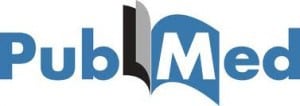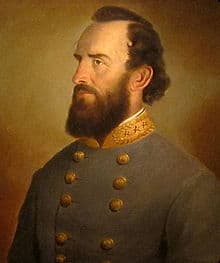Mrs. Emma L. Miller was the first woman employee in Veterans Health Administration. She was appointed as the first matron at the Central Branch NHDVS in Dayton (now Dayton VAMC) in the fall of 1867.
Prior to her appointment, she worked with the U.S. Sanitary Commission at their Cleveland and Cincinnati branches during the Civil War and was appointed as matron of the Ohio Soldiers Home in Columbus in October 1865.
When the U.S. government established a branch of the National Asylum for Disabled Volunteer Soldiers (later named National Home for Disabled Volunteer Soldiers) it initially took over the state home in Columbus, but later selected a site in Dayton as its permanent location. Miss Miller brought 16 disabled “boys in blue” with her to the new Dayton site in the fall of 1867.
She helped at the hospital, oversaw laundry operations, ran the Home’s hotel, and was eventually elevated to Superintendent of the general depot, where much of the clothing and supplies for all of the National Homes were manufactured and distributed–a rare position to held by a woman, in those days. In the 1880 annual report, she reported that the “Matron’s Department” had washed, pressed, repaired, and reissued over 1,703,648 pieces of laundry and linens, averaging 32,762 pieces per week. Worn out linens were condemned, then washed and reused in the hospital as bandages and dressings, in the engineer’s department as wipers and wrappings for steam-pipes, and as wipers and mops elsewhere. Emma Miller was a fixture at the Dayton home for nearly 50 years and she lived on-site. She spent her entire post-Civil War life at the home and grew old with many of the men whom she originally cared for during the war. Emma Miller died in her quarters at the National Home on January 18, 1914 and is buried in the Dayton National Cemetery (formerly the National Home’s cemetery).
*Information provided by the Veterans Health Administration’s History Office.





